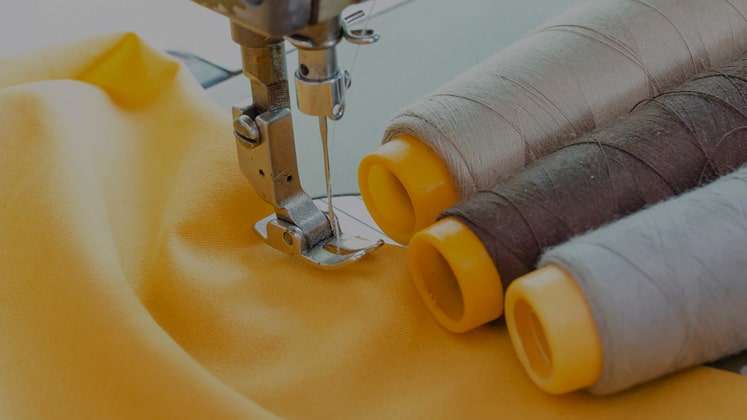
For about six months now, FourSource is operating in Bangladesh with an aim to connect local manufacturers and international buyers through the digital media.
This one-of-a-kind media platform for apparel industry services in Bangladesh uses a unique search engine algorithm to match potential buyers from all over the globe to manufacturers from over 60 sourcing countries according to the specifications and requirements.
Based in Berlin, Germany, the company claims it is the largest sourcing network of the global apparel industry. It has manufacturers and buyers connecting on a digital interface which estimates a retail value of over US $ 40 billion on the buying side.
With verified apparel industry manufacturers covering all product categories and manufacturing levels, this digital interface eradicates the need for a middleman buying house or agent – saving time and money for both sides.
The company put up a stall at the BIGTEX 2018, a three-day international show of apparel and textiles industry machineries, technology and other accessories, held at the International Convention Centre Bashundhara, Dhaka, from November 15-18.
How does it work
Manufacturers or buyers have to login to www.foursource.com/signup to create a unique user profile.
The manufacturers have to create a company profile – complete with product category, location, delivery time, product details, minimum order quantity, and other necessary details.
A manufacturer or a buyer will have to be verified by the FourSource, Louise Amélie Leuchtenberger, head of marketing and public relations of the company, told Apparel Resources.
After the verification process is complete, a buyer or manufacturer is added on to the database of FourSource; ready to be matched with a party with that specific requirement and specification.
What is inside FourSource?
Currently, the database of FourSource is rich with detailed and verified company profiles of over 400 verified buyers and suppliers, says Louise Amèlie.
The software it uses is equipped with a unique search engine that can filter down the available list of byers apparel manufacturers down to the specifics.
Also, the interface showcases digital showrooms (to be put up by the manufacturers) and quotation requests available exclusively for its verified members.
According to what the company says, the platform consists of buyers and manufacturers from Germany, the United States, the United Kingdom, India, Sri Lanka, Greece, Romania, Portugal, China and many others.
Manufacturer profiles are only visible to buyers, where detailed information about the company’s expertise, capacity, product offering, in-house departments, certifications, machineries, lead times, purchase order size and contact details are available.
Buyer profiles are only visible to manufacturers and include relevant product categories, average order size, expected certifications and contact details.
About a 100 Bangladeshi companies have signed up to FourSource so far, according to insiders in the company.
Why is it relevant?
Even five years ago, Bangladesh’s manufacturers used to obtain bulk of the work orders through buying houses or agents – the manual method of convincing buyers with samples and face-to-face interaction.
Now, most of the manufacturers have moved on or are trying to use the digital platform. They have their own websites on the Internet hoping to gain the attention of international buyers.
“But still, a significant portion of the work orders in Bangladesh’s readymade garments industry is done through buying houses,” says Nazib Ahmed, the local agent of FourSource adding “It is a cumbersome process which includes a lot of time and revenue loss for the manufacturers.”
“We are trying to save the time and cost for both the local manufacturers and buyers with direct networking between the two. Buying houses take away a big margin from the manufacturers, leaving them with very little,” Nazib told Apparel Resources.
Perfect pitch for Bangladesh’s apparel industry
Bangladesh is the second largest apparel supplier in the world with a net size of US $ 30.6 billion by the end of 2017-18; and diving resolutely to deliver its promise of becoming a US $ 50 billion industry by 2021.
Bangladesh Garments Manufacturers and Exporters Association (BGMEA) Vice President Mohammed Nasir told Apparel Resources that the industry is looking to diversify its products and markets to reach the goal.
“We are trying relentlessly to reach new buyers and new export destinations to grow our tremendously potential industry. New buyers and destinations are vital for our growth,” he added.
At a time when Bangladesh’s apparel manufacturers are limited with rising costs of production, stiff competition from emerging competition, struggling lead-time, and low productivity of its workers (among other shortcomings), a digital platform of sourcing might just be a potential game changer.

Post a Comment